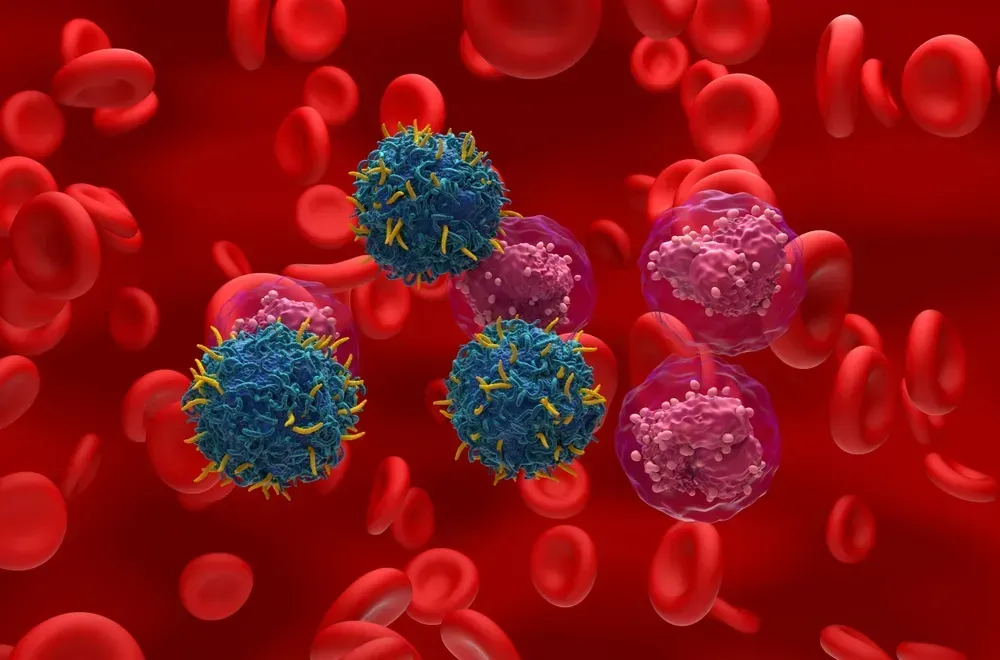What are ICD-10 Codes in Myeloma Insurance Billing?

You may be curious about what the ICD-10 codes on your insurance statement mean. ICD-10 stands for the 10th revision of the International Classification of Diseases, which is a set of standardized codes for reporting diagnoses and medical conditions.
Essentially, after your doctor’s visit, the notes your doctor takes pass to a medical coder. They then transcribe what happened in the visit into a series of codes. These codes pass through medical billers and are sent to your insurance for reimbursement.
Other codes used by medical coders and billers include CPT, or Current Procedural Terminology, codes that describe medical procedures and services.
What are the ICD-10 Codes for Myeloma Remission and Relapse?
What your doctor diagnosed you with and the corresponding ICD-10 code in relation to myeloma remission and relapse are listed below. These are subject to change based on rules and regulations of medical billing and coding.
C90 Multiple Myeloma and Malignant Plasma Cell Neoplasms
C90.0 Multiple Myeloma
- C90.00 – Not having achieved remission
- C90.01 – In remission
- C90.02 – In relapse
C90.1 Plasma Cell Leukemia
- C90.10 – Not having achieved remission
- C90.11 – In remission
- C90.12 – In relapse
C90.2 Extramedullary Plasmacytoma
- C90.20 – Not having achieved remission
- C90.21 – In remission
- C90.22 – In relapse
C90.3 Solitary Plasmacytoma
- C90.30 – Not having achieved remission
- C90.31 – In remission
- C90.32 – In relapse
There are thousands more of these codes used in the medical coding and billing scene, which help transcribe the details of your doctor visit accurately so insurance knows what to bill for. If you have any questions regarding your insurance statement, it is recommended that you contact a service representative from your health insurance who can walk you through your explanation of benefits (EOB) statement. If you believe that you have found an error in the statement, don’t be afraid to ask for clarification about certain line items.
Join the HealthTree for Myeloma Newsletter to Learn More!
We invite you to click the button below to subscribe to our newsletter and stay updated on the latest advancements in multiple myeloma.
JOIN THE HEALTHTREE FOR MYELOMA NEWSLETTER
Source:
You may be curious about what the ICD-10 codes on your insurance statement mean. ICD-10 stands for the 10th revision of the International Classification of Diseases, which is a set of standardized codes for reporting diagnoses and medical conditions.
Essentially, after your doctor’s visit, the notes your doctor takes pass to a medical coder. They then transcribe what happened in the visit into a series of codes. These codes pass through medical billers and are sent to your insurance for reimbursement.
Other codes used by medical coders and billers include CPT, or Current Procedural Terminology, codes that describe medical procedures and services.
What are the ICD-10 Codes for Myeloma Remission and Relapse?
What your doctor diagnosed you with and the corresponding ICD-10 code in relation to myeloma remission and relapse are listed below. These are subject to change based on rules and regulations of medical billing and coding.
C90 Multiple Myeloma and Malignant Plasma Cell Neoplasms
C90.0 Multiple Myeloma
- C90.00 – Not having achieved remission
- C90.01 – In remission
- C90.02 – In relapse
C90.1 Plasma Cell Leukemia
- C90.10 – Not having achieved remission
- C90.11 – In remission
- C90.12 – In relapse
C90.2 Extramedullary Plasmacytoma
- C90.20 – Not having achieved remission
- C90.21 – In remission
- C90.22 – In relapse
C90.3 Solitary Plasmacytoma
- C90.30 – Not having achieved remission
- C90.31 – In remission
- C90.32 – In relapse
There are thousands more of these codes used in the medical coding and billing scene, which help transcribe the details of your doctor visit accurately so insurance knows what to bill for. If you have any questions regarding your insurance statement, it is recommended that you contact a service representative from your health insurance who can walk you through your explanation of benefits (EOB) statement. If you believe that you have found an error in the statement, don’t be afraid to ask for clarification about certain line items.
Join the HealthTree for Myeloma Newsletter to Learn More!
We invite you to click the button below to subscribe to our newsletter and stay updated on the latest advancements in multiple myeloma.
JOIN THE HEALTHTREE FOR MYELOMA NEWSLETTER
Source:
about the author
Jennifer Ahlstrom
Myeloma survivor, patient advocate, wife, mom of 6. Believer that patients can contribute to cures by joining HealthTree Cure Hub and joining clinical research. Founder and CEO of HealthTree Foundation.
More on Navigating Your Health
Trending Articles
Upcoming Events




Get the Latest Multiple Myeloma Updates, Delivered to You.
By subscribing to the HealthTree newsletter, you'll receive the latest research, treatment updates, and expert insights to help you navigate your health.
Together we care.
Together we cure.
3x Faster.












